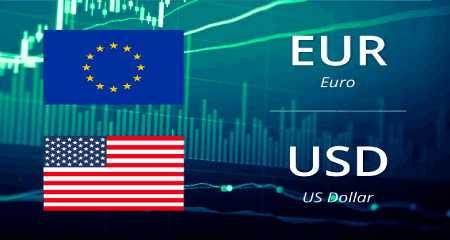
The Euro (EUR) manages to gather fresh upside impulse against the US Dollar (USD) and encourages EUR/USD to advance to the area of two-day tops around 1.0980 in the wake of the release of US Nonfarm Payrolls for the month of July. The opposite happens around the Greenback, as the USD Index (DXY) gives away further ground and recedes to the 102.30 area amidst the continuation of the march north in US yields across all maturities. The knee-jerk in the index came after Nonfarm Payrolls figures showed the US economy added 187K jobs in July (vs. 200K expected), while the Unemployment Rate ticked lower to 3.5% and the Average Hourly Earnings – a proxy for wage inflation – rose 4.4% over the last twelve months.
The release of the US jobs report gained importance as of late, as the Federal Reserve has recently emphasized its reliance on economic data for its decisions, as highlighted during its event on July 26. Currently, there is a lot of speculation that the Fed's rate hike in July might have been its last for the foreseeable future. Additionally, the possibility of the European Central Bank (ECB) implementing further tightening measures beyond the summer seems to be losing momentum. Somewhat propping up the latter, the ECB published an article earlier on Friday suggesting that underlying inflation could have peaked in the first half of the year. In terms of US economic data, the focus later in the North American session will be on the July Nonfarm Payrolls report and the Unemployment Rate.
EUR/USD seems to have met some decent contention just above the 1.0900 yardstick, an area coincident with the transitory 55-day and 100-day SMAs. The loss of the 1.0920 region, where the provisional 55-day and 100-day SMAs converge, leaves EUR/USD vulnerable to a probable drop to the July low of 1.0833 (July 6) ahead of the key 200-day SMA at 1.0742 and the May low of 1.0635 (May 31). South from here emerges the March low of 1.0516 (March 15) before the 2023 low of 1.0481 (January 6). On the other hand, occasional bullish attempts could motivate the pair to initially dispute the weekly top at 1.1149 (July 27). Above this level, the downside pressure could mitigate somewhat and could encourage the pair to test the 2023 high at 1.1275 (July 18). Once this level is cleared, there are no resistance levels of significance until the 2022 peak of 1.1495 (February 10), which is closely followed by the round level of 1.1500. Furthermore, the constructive view of EUR/USD appears unchanged as long as the pair trades above the key 200-day SMA.
